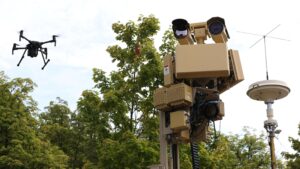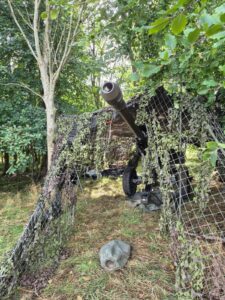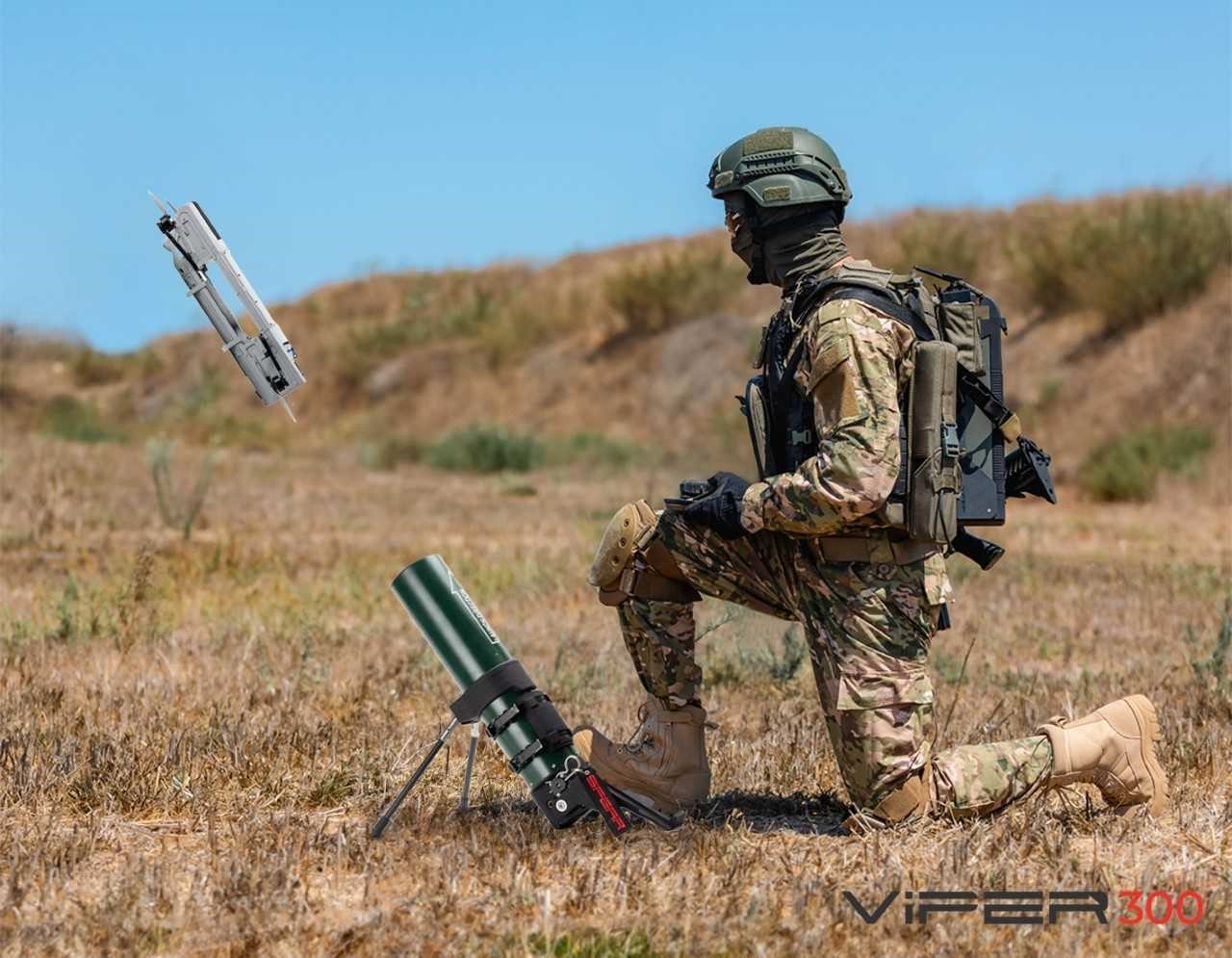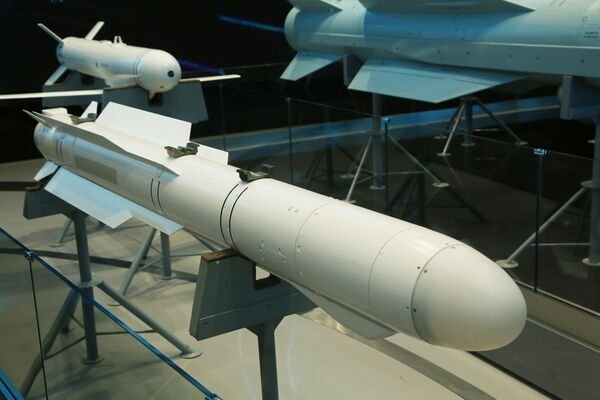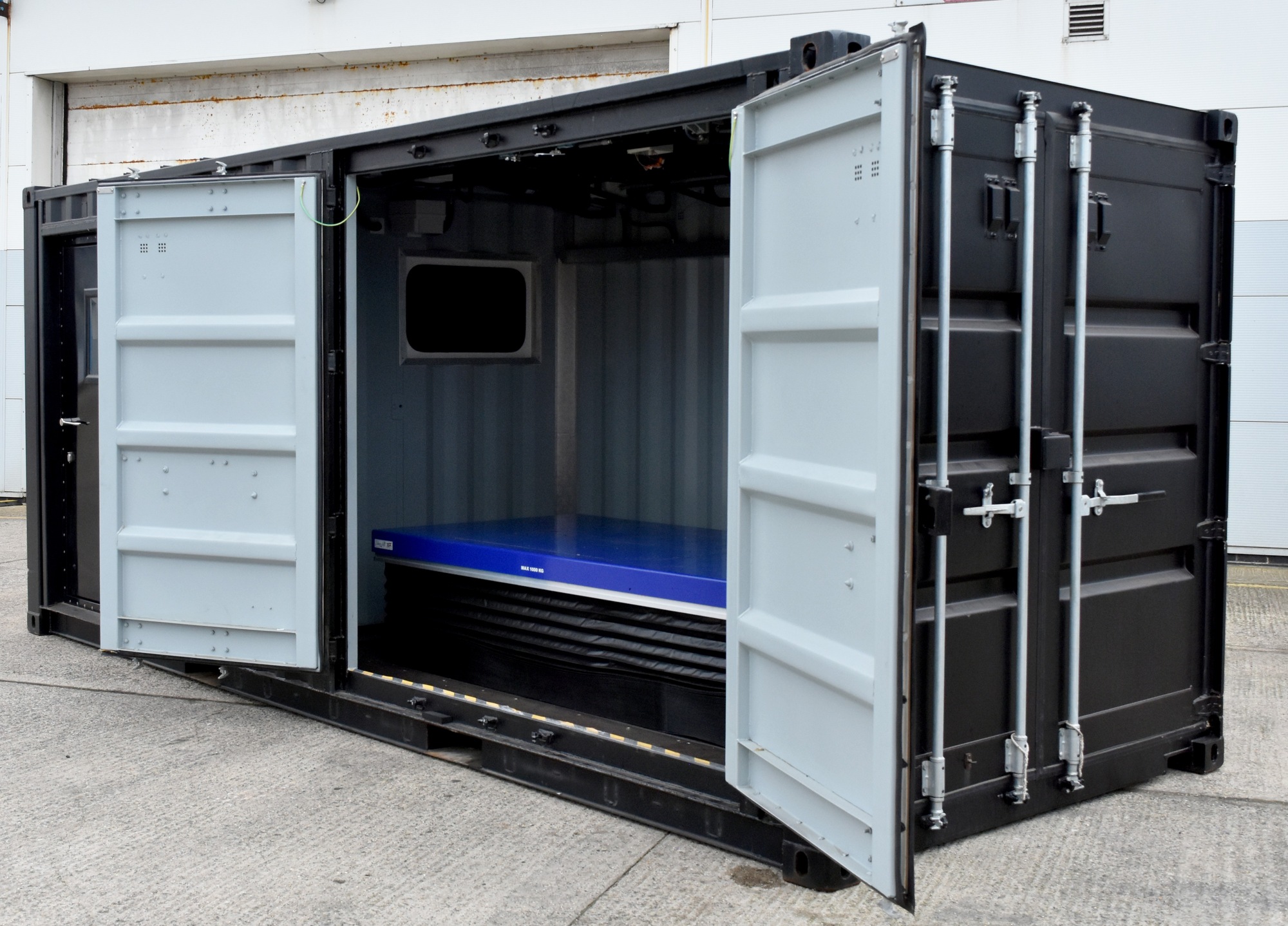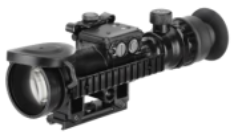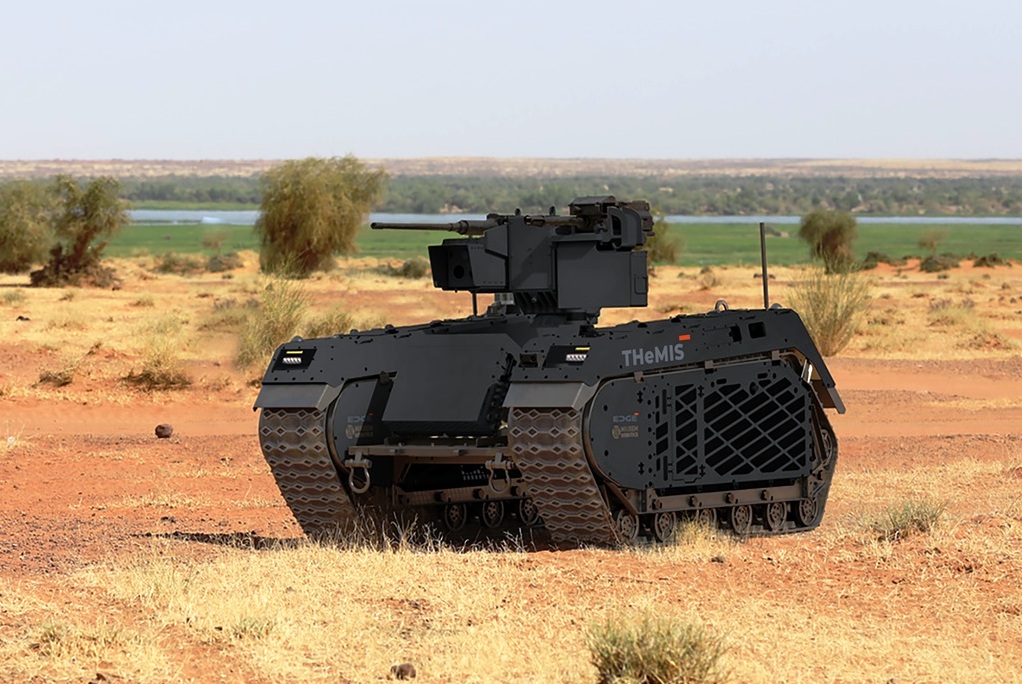Openworks Engineering launched Vision Pace – the latest of its autonomous optics solutions – at DSEI earlier this month.
Achieving high performance thanks to a low friction direct-drive positioner and AI-enabled stabilisation technology, Vision Pace offers extremely high precision targeting at the microradian level in order to enhance kinetic defeat chain capabilities and provide a step-change for layered air defence. It is particularly suited to expeditionary force protection and to combatting the dynamic multi-threat environment faced by short-range air defence system in both terrestrial and maritime domains, according to the company.
Leveraging the highly modular approach and system architecture of the company’s Vision Flex product family, Vision Pace can be configured with a wide range of third party detectors, sensors, classifiers and effectors in addition to OpenWorks’ proven EO and IR imagers. At DSEI the system was seen integrated on a Thales TrueHunter Gimbal Sight sensor head, developed for long-range multispectral observation, acquisition and target engagement applications. “Combining Vision Pace and the TrueHunter Gimbal Sight sensor head will extend the application of both products, creating an optimal capability for [GBAD and M-SHORAD], expeditionary force protection and naval applications. We’ve come together with Thales to offer a unique capability that integrates their world-leading sensor technology with the next-generation of ultra-high-performance tracking and targeting capability,” commented OpenWorks’ Chief Business Development Officer, Graham Beall.
An MoU signed between the two companies earlier this year will see the fusion of Thales’ sensor suite with an advanced MESA radar from Echodyne for multiple target detection, recognition, tracking and targeting at speed and distance.
DA Comment
The OpenWorks initiative directly addresses one of the standout lessons from the evolution of short-range air defence engagements in Ukraine: the need for very precise, very rapid target detection, classification, tracking and engagement. Nowhere is this more clearly seen than in the air defence engagements combatting Russia’s multiple drone attacks on a nightly basis. The need for accuracy is paramount but, to a certain degree, takes second place to the imperative to be able to proceed very rapidly from detection – very often at a range allowing for minimal reaction time – to kinetic defeat.

